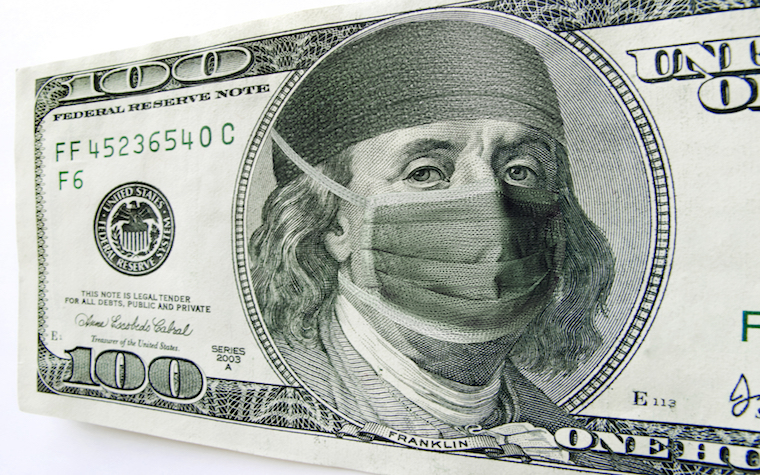
Millions of people receiving advanced tax credits under the Affordable Care Act (ACA) either did not file the correct form with the IRS or did not file taxes at all, according to numbers crunched by an expert in health care policy.
That means more than $11 billion of money paid out in 2015 under the advanced premium tax credit (APTC) -- mostly straight to insurance companies -- is not accounted for in any filings, said Brian Blase, senior research fellow with the Mercatus Center at George Mason University in Virginia.
Under the program, enrollees in the individual market can apply for advanced credits based on estimated incomes, but must reconcile the amount paid when filing their taxes by either paying the difference or receiving a refund.
The system is riddled with problems, Blase told Patient Daily. Apart from billions being unaccounted for, many of those filing taxes may not have realized they had to file an extra form due to the complexity of the ACA, Blase said. Failure to do so makes them non-tax compliant, he added.
“It’s really hard to make an advanced subsidy work, particularly when you have to estimate their income,” he said. “Around 40 percent who get the credit have not properly reconciled. It’s a really big implementation and administrative problem.”
Blase took data from the Department of Health and Human Services (HHS) and the number of tax filers who said they received the credit.
As of the end of April 2016, 4.5 million filers reported receiving a tax credit; but 8.7 million individuals, or 7.2 million households, received advanced credits, according to HHS data from the first quarter of 2015. Latest figures from the first quarter of 2016 show the number of individuals had risen to 9.4 million, but Blase estimates new household applications for credits over the year to be 300,000, bringing the total to 9.5 million.
While there may be some late filers and those with extensions, it is still a considerable discrepancy. Tax filers reported receiving $15.8 billion in advanced tax credits toward their health care premiums. Blase believes 3 million others received credits of $11 billion.
In 2014, 8 percent received credits that tallied with their income; 51 percent had to pay money back, an average of $860; while 41 percent received an average refund of $640. The IRS has not reported in detail on the 2015 reconciliation process, Blase noted in a Forbes article.
A simple calculation from the 2015 data shows that the average APTC was about $525 greater than the amount to which people were entitled, Blase said. That would mean taxpayers paid back more than $2.5 billion, but that taxpayers are owed some $1.5 billion from those that did not file the reconciliation form or did not file taxes at all.
Additionally, this imbalance would indicate a significant difference in the percentages of those owed money and owed refunds, or big changes in the amounts from 2014, according to Blase’s own figures.
Based on the 2014 percentages and amounts, the difference would be approximately $800 million -- or an average $177. Based on the same, taxpayers are owed approximately $500 million by those that did not file a reconciliation form or file taxes at all.
The APTC was introduced to help people with low to medium-level incomes -- up to 400 percent of the federal poverty level -- who have to use the individual exchanges to pay for health insurance and cannot afford to pay up front and wait for a refund at the end of the tax year. This money, in large part, goes straight to the health insurance company.
The amount of credit is based on a number of factors, including income and family size.
Of the 11.1 million individuals enrolled in federal and state exchanges at the end of March, almost 85 percent, or about 9.4 million consumers, were receiving an APTC, the HHS reported in June.
According to the HHS, states with the highest percentage of individuals using the tax credits are in Mississippi (94.2 percent), Florida (93.3 percent), Louisiana (92.6 percent), Wyoming (92 percent), Alabama (91.9 percent), North Carolina (91.5 percent), South Carolina (91 percent), Alaska (90.1 percent), Nebraska (89.9 percent) and Arkansas (89.7 percent).